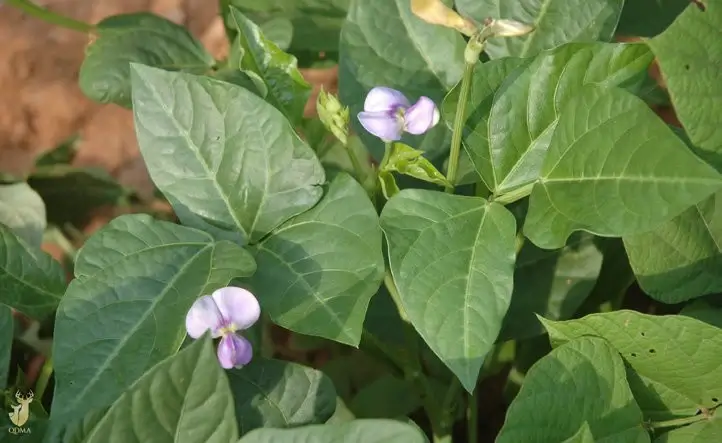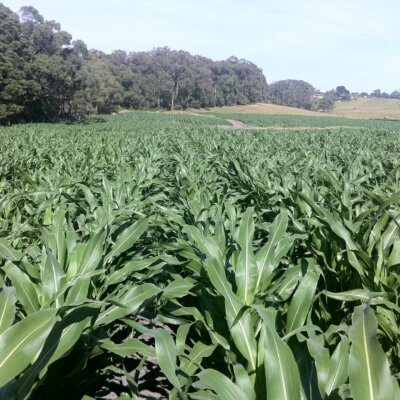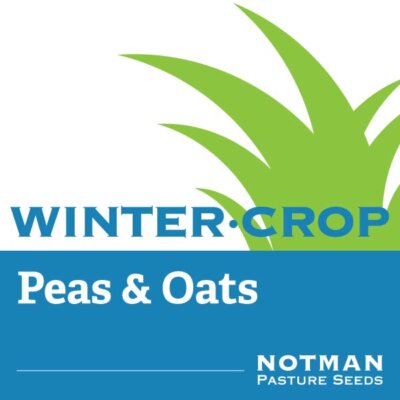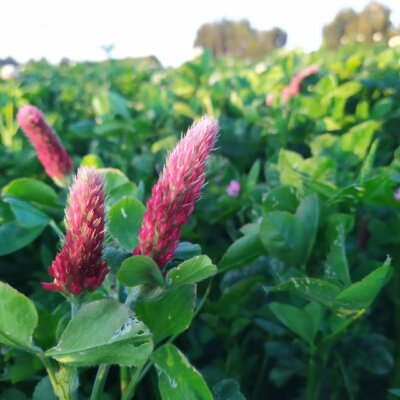Description
Cowpeas (Vigna unguiculata) are fast growing multi purpose annual legume with spreading to fairly erect growth habits, growing up to 50-100cm high and ready to harvest 70-90 days after sowing. Cowpeas are safe grazing, low bloat risk and nil prussic acid and farmers can safely graze stressed cowpea crops.
- Easy to establish legume, growing 50 to 100 cm high.
- High nutritive value and high palatability
- Adapted to a wide range of soils.
- Fast growing, suitable for grazing, hay/silage, grain, or green manure.
Forage cowpeas are generally more suited to subtropical and tropical areas northern NSW or Queensland where summer rainfall is more reliable, however this summer legume can be grown in southern Australia on farms with irrigation. Cowpeas are heat tolerant, but not frost tolerant.
Cowpeas can be added to a Top Crop Forage Blend mix with sorghum and millet to add nutrient value in a more balanced feed ration.
| Variety | Forage cowpeas |
| Role | Fast growing legume, cover crop, summer protein |
| Sowing Rate | 20-25 kg/ha, 10kg/ha in a mix |
| Sowing depth | 30-50mm |
| Inoculant Group | Group I |
| Days to Maturity | 70-90 day for harvest |
| Growing seasons | Summer |
| Height at maturity | 0.5-1m |
| Unit sizes | 25kg, 1000kg |
| Forage mixes? | Available in Multi Specie Pasture Blends |
Why use summer legumes such as Forage Cowpeas?
Enhance soil quality by improvements in soil fertility, physical soil attributes and paddock ecosystem with summer legume forage crops. Summer legume forage & cover crops are an excellent way to improve soil nitrogen levels by significant fixation or by incorporating green manure crops into the soil in southern parts of Australia. Nitrogen fixation is the summer legumes ability to extract nitrogen from the air and convert it to a form plants usually obtain from the soil – and then using it for positive plant growth.











